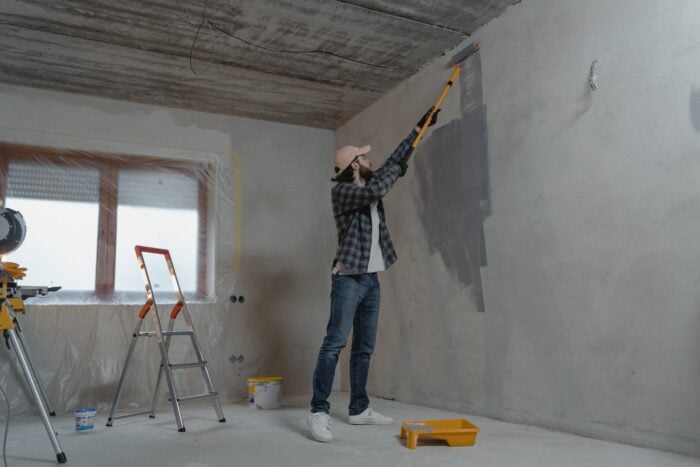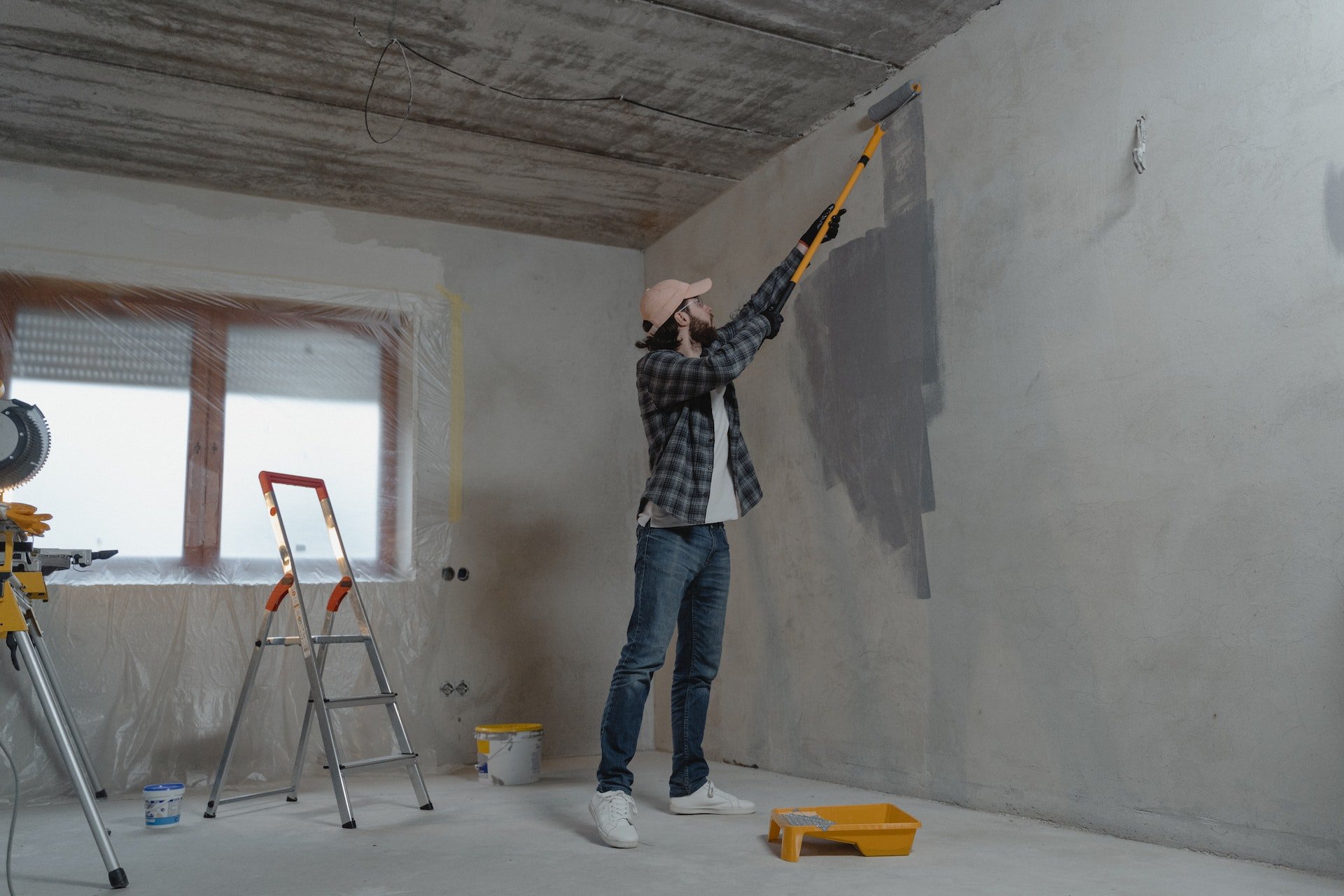Retractable awnings are clever accessories for your home’s exterior. They offer shade during the spring and summer while improving your home’s curb appeal. These awnings, however, can detract from the exterior when they aren’t maintained. Learn how you can care for your retractable awning so that it looks spectacular with each warm season.
1. Keep the Surroundings Neat
The Home Depot suggests neat surroundings for enhanced awning care. Trim any overhanging trees, and retract the awning when deciduous trees are dropping their leaves. Any debris that remains on the awning will contribute to decline. It’s not an aesthetic concern. In fact, debris remaining on the fabric will create microbe growth. It can eat away at the fabric and leave unsightly stains.
Ideally, wipe away debris every few months when it’s extended for shade. Because awnings are meant for spring and summer use, there shouldn’t be too much debris around the yard. Your attention to pruning nearby plants will make awning care easier than without it.
2. Pay Attention to Weather
Awnings are designed for mild to moderate weather. Ideally, only the sun and light winds should strike the fabric. These products aren’t designed to protect the patio or furniture from rain, snow or hail.
Take care of your retractable awning by paying attention to the weather. If stormy days are arriving, close the awning against the building. You can extend it afterward to dry off. Allowing the fabric to take on the harsh elements will reduce its lifespan and damage the parts over time.
3. Inspect the Mechanical Parts
Your awning will have either a manual or electric mechanism, reports Angie’s List. Taking care of these parts is paramount to an awning’s long lifespan.
Follow the manufacturer’s instructions on inspecting, adjusting and lubricating the parts. Create an inspection routine that works for your schedule. These products are designed to be closed and opened on a regular basis, which puts the parts under strain with everyday use. If the mechanical elements malfunction, the awning will rapidly decline in functionality. Verify that you’re using the proper lubricant too. Every manufacturer suggests a specific ingredient mixture so that the parts move without harmful friction.
4. Regularly Clean the Fabric
A mild dish detergent and a bucket of warm water will be your main tools for cleaning the fabric. Extend the awning, and use a broom to sweep away any dust or debris. Use a scrub brush to apply the soapy detergent against the fabric. Be generous with the soapy water. Use this brush to carefully remove spots, such as bird droppings.
Rinse the fabric off with a hose. Be sure to clean both sides of the fabric for the best care. Leaving the awning open to the sunlight is the best way to dry it.
5. Repair Small Holes
Regardless of your attention to regular maintenance, repair issues will arise. The sun can break down the best fabric over time. During each inspection, look for any holes across the fabric. They may be tiny now, but they can become larger in little time.
Consider using a patch kit or sewing the hole when appropriate. These patch jobs won’t be too noticeable when they’re small. The curb appeal won’t suffer as a result. The product may have even come with small patches in case of these scenarios. Follow their instructions for a seamless repair.
Keep an eye on your awning’s appearance through the seasons. Although maintenance will help it remain intact for many years, there will be a time when the fabric or framing requires replacement. Be in tune with your awning, and you’ll have a home accent that thrills your family and visitors.









